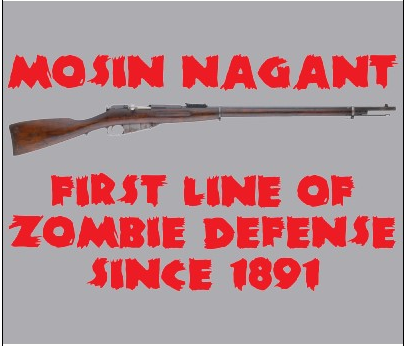At a time when many pistols were muzzleloaders, the removeable six-shot cylinder and solid one-piece frame offered huge advantages in firepower and accuracy even over the similar revolvers of the era. It IS a black powder pistol though, which means reloading is considerably slower than reloading modern revolvers. Paper cartridges (which can easily be made with cigarette papers and string) make the process much faster, but you still must seat the ball and load the percussion caps. Alternatively, conversion cylinders which can allow the pistol to fire more modern .45 Long Colt cartridges (which are successfully used to take down bears) can be purchased for around $250. I personally enjoy handmaking cartridges since I like to experiment with different powder charges and ammo modifications. Ammo is pretty cheap, I bought a pound of FFF Triple Seven brand powder for about twenty bucks, a hundred ball rounds for fifteen bucks, and a hundred percussion caps for six bucks from Bass Pro, but I'm sure you could find better deals elsewhere.
I bought mine from an estate sale on gunbroker.com for $150 and $20 for shipping (it is a pretty heavy pistol), but new ones retail for around $300 at Bass Pro. One cool thing about black powder pistols is that you don't need to buy them through an FFL in most states (that is, you don't need to be 21 or even 18 to buy one, plus you save from not having to pay the middleman). Modern 1858s are generally Italian reproductions, most of which are made by Pietta or Uberti. Variations on the pistol are offered, including a "target" model with adjustable sights, and a "buffalo" model with a 12 inch barrel, and I've seen versions with 4 inch barrels as well.
Accuracy: 4/5
Range: 3/5
Ergonomics: 3/5
Value: 5/5
SHTF/Zombie Coefficient: 3/5
Although I have yet to shoot any paper targets, I can already tell that it's the most accurate pistol I've fired. Its rear sight is really little more than a carefully shaped groove in the top of the frame, which is initially somewhat awkward compared to modern pistols which have a separate piece for the rear sight.
The way the pistol is held is significantly different than modern ones, but once you figure out ow to hold it it's pretty comfortable. Just don't try to use the loading lever as a front grip (although a mono-pod would work) or your hand will get blasted and covered in carbon from powder which burned between the cylinder and barrel. My pistol seems hand-adjusted so that the barrel is extremely close to the cylinder, so that isn't much of an issue. Perhaps something about the grip angle helps eliminate recoil; it feels like it recoils less than a semi-automatic 9mm. Actually, it feels like firing a .38 from my friend's Taurus Tracker which has vents at the end of the barrel which serve to negate recoil. Not bad recoil at all, but enough to be fun.
My pistol seems extremely reliable in that I'm sure it won't break or jam when I use it, but after about twelve shots or so some resistance is felt when turning the cylinder due to the powder buildup on the gun. Spraying some oil down the middle of the cylinder and on the retaining pin fixes this pretty quickly though. Maybe the cylinder retaining-pin could be coated with teflon or something to reduce buildup. I'm sure I'll figure something out.
I think I got a pretty good deal, considering most decent modern pistols are in the $400+ range. I know that it certainly feels like a hell of a good deal whenever I aim down the sights or quick draw at imaginary targets. As for zombies, I'd sleep more securely during the zombie apocalypse with six rounds of .44 caliber lead sitting in front of 35 or 40 grains of powder, or 230 grains of lead in a .45 Long Colt cartridge, ready to be unleashed at any moment. Not to mention I could have multiple loaded cylinders ready to go, and which can be changed out in mere seconds. Also, in case you couldn't tell from the pics, I love me some spaghetti westerns.
| This looks like a version chambered in .36, my .44 is much bigger. |


























